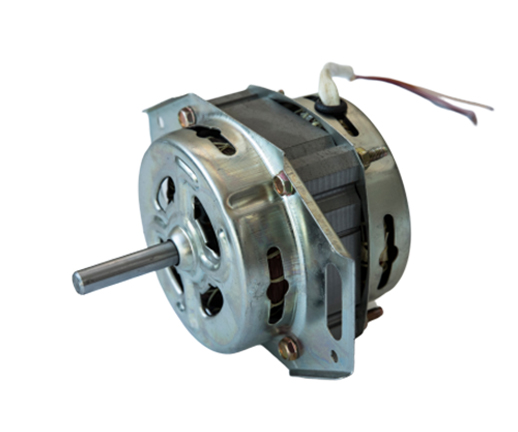The motor casing material is mainly used for the windin […]
The motor casing material is mainly used for the winding, and the washing machine motors winding is often made of copper wire or aluminum wire, which has good electrical conductivity and low resistance loss.
The outer surface of the wire of the winding is covered with insulating materials, such as coated with insulating paint film, wrapped with insulating film or fiber braided tape, and also coated with epoxy resin. Due to the different grades of insulating materials and the cooling conditions of the windings, the allowable current densities of the wires are different. The size of the cross-section of a certain winding wire is determined by the allowable current density. The value of the allowable current density is selected from the recommended value in the design manual; if the type and specification of the wire is used, the calculated cross-sectional area and winding working conditions are selected according to national standards. .
The magnetic conductive material is also called ferromagnetic material, and the ferromagnetic material of the motor magnetic circuit is mainly silicon steel sheet. The permeability of ferromagnetic materials is nonlinear to the magnetic field, and there are also irreversibility and hysteresis in the magnetization process; hysteresis loss and eddy current loss occur under the action of an alternating magnetic field.

The appearance of the product is the face of the product. After injection molding, the panel and casing have become a major component of the electronic product after spraying, silk screen printing, hot stamping and other processes. In order to meet the quality requirements of the whole product, the following requirements must be paid attention to when the plastic panel and the casing are assembled on the assembly line:
(1) When transporting injection molded parts with a transport vehicle, place them in a single layer.
(2) The operator of the station should wear gloves to prevent the injection molded parts from being contaminated with oil, sweat, etc.
(3) Before assembly, the panel and motor casing should be inspected for quality. There should be no obvious scratches, cracks and deformations on the surface, and the surface coating should not be blistered, cracked or peeled off. After inspection, record and store the unqualified workpieces in isolation; cover the qualified workpieces with a protective cover made of fleece soft cloth or plastic foam, and gently place them on the assembly line conveyor belt.
(4) At the production line station, any work surface that is in contact with the panel and the casing should be placed with plastic foam pads or rubber cushions to prevent the outer surface of the workpiece from being scratched during the assembly process. When handling the panel and the case, handle it with care and do not touch it.
(5) The connection and assembly procedures of panels, casings and other components are generally light first, then heavy, low first, then high, inside first and then outside. When using the electric screwdriver to fasten the self-tapping screw, the screwdriver and the workpiece should be perpendicular to each other and should not be skewed. And the size of the torque should be appropriate, it should be able to be tightened, and the torque should not be too large to cause sliding teeth or even penetrate and damage the parts. Various movable parts assembled on the panel should operate flexibly and reliably.